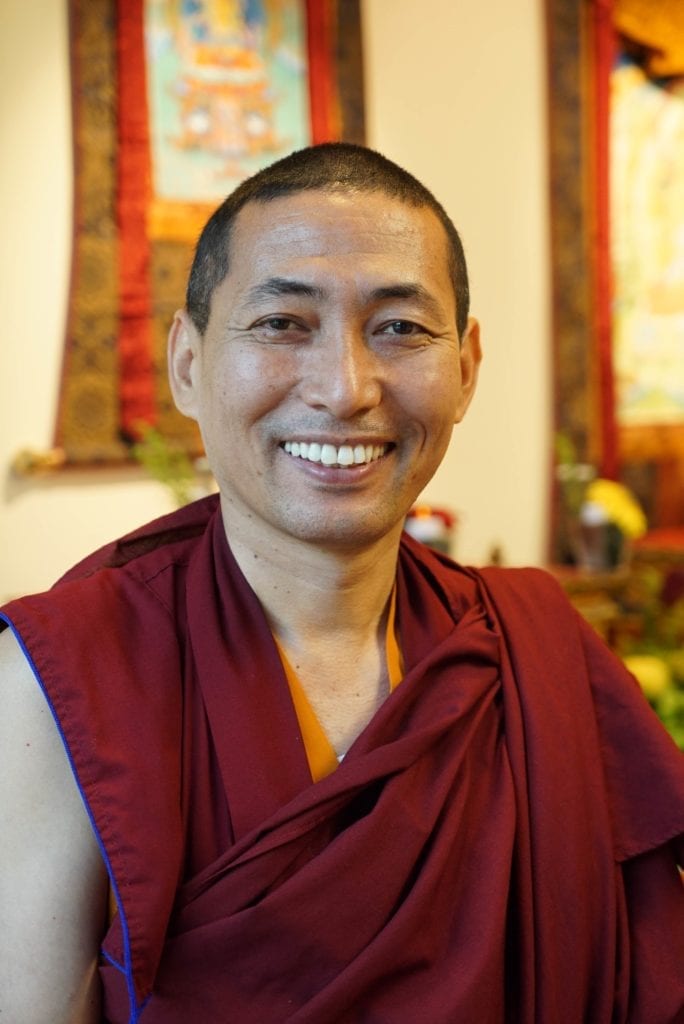We have a lot of negative emotions, don’t we? And traditionally, Buddhist teachers explain that the antidote for our negative emotions is the application of the Dharma. Defining what we means by Dharma thus becomes crucial. Implementing, or putting into practice, the Dharma is what the Buddha did. Put most simply, Dharma is method and wisdom. Application of these two is what the Buddha experienced. Through this application, he eradicated all the afflictive emotions. We can describe the process by using all sorts of names—Buddha nature, emptiness, primordial wisdom, truth—but all these can be described as that which keeps us from engaging in negative actions of body, speech, and mind.
The word “Dharma” refers to all the teachings of the Buddha, for example, how to train our body, speech, and mind. In the broadest way of speaking, the term”Dharma” also means all knowable things.
Dharma liberates us from the 84,000 negative emotions: it is the antidote. Moreover, Dharma is the path. We can choose to follow it away from these destructive emotions and proceed toward liberation.
Multiple Paths
The Dharma is available to all, and it can accommodate people with many different inclinations and abilities. There is no restriction on where we can go. It all depends upon our own open-mindedness and motivation.
We can even reach Buddhahood if we generate the mind-set for enlightenment. We can also follow the path of the Dharma by generating the mind of bodhicitta and reaching the stage of a bodhisattva.
If we overcome those negative emotions, then we can reach the state of self-liberation, which is the fruition of an arhat. On a more mundane level, the path of Dharma based on calm-abiding meditation can lead to temporary peace and happiness. We can call all of these paths the Dharma.
Ultimately, Dharma is the method to reach unconditional happiness and to decrease or completely eradicate suffering.
The Metaphor of Medicine
When defining Dharma, we use the example of us as the patient, the emotions as our sickness, and the Dharma as the medicine prescribed by the skilled doctor, the Buddha.
First, we need to recognize that we are suffering from a sickness. Once we’ve investigated, even a little bit, we can acknowledge that our emotional states cause us and others distress and pain. So, then we make the decision to take advice from someone who understands how to cure this problem. The Buddha, the skilled doctor, has discovered a way to be free from affliction. The Dharma is the medicine, or the course of treatment, that we take in order to return to health.
But, if we don’t take the medicine by devoting some time to this practice regularly, then it will be difficult for us to improve. Therefore, we must understand that we are responsible for our own cure. We actually have to commit ourselves to the practice in order to improve. Simply reading about or listening to someone else talk about the treatment won’t cure a disease, will it?
So, if you acknowledge that you could use some more method and wisdom in your life, what you have lose by taking the medicine of Dharma?
This blog post is a lightly edited excerpt from a public talk by Tulku Migmar Tsering given at Samye Hermitage New York.










Responses